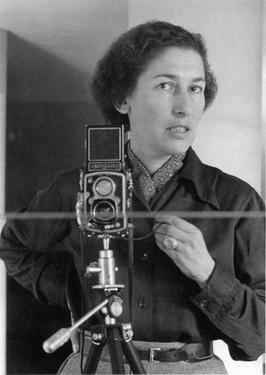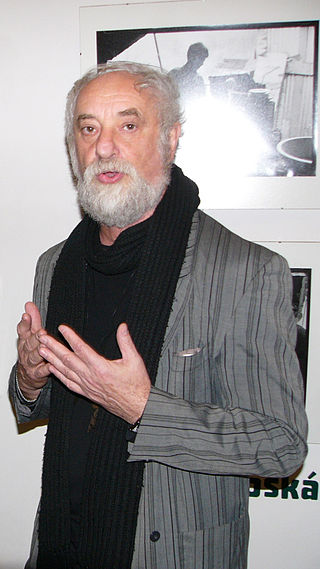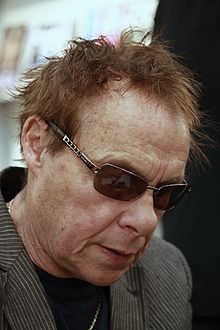
Marc Riboud was a French photographer, best known for his extensive reports on the Far East: The Three Banners of China, Face of North Vietnam, Visions of China, and In China.

Henri Cartier-Bresson was a French artist and humanist photographer considered a master of candid photography, and an early user of 35mm film. He pioneered the genre of street photography, and viewed photography as capturing a decisive moment.

Josef Koudelka is a Czech-French photographer. He is a member of Magnum Photos and has won awards such as the Prix Nadar (1978), a Grand Prix National de la Photographie (1989), a Grand Prix Henri Cartier-Bresson (1991), and the Hasselblad Foundation International Award in Photography (1992). Exhibitions of his work have been held at the Museum of Modern Art and the International Center of Photography, New York; the Hayward Gallery, London; the Stedelijk Museum Amsterdam; and the Palais de Tokyo, Paris.
Edward Quinn (1920–1997) was born in Ireland. He lived and worked as a photographer from the 1950s, on the Côte d'Azur, during the "golden fifties" the playground of the celebrities from the world of show biz, art and business.

Édouard Boubat was a French photojournalist and art photographer.
Gilles Larrain is a French-American photographer who believes photography is a way to "capture the landscape of the soul of a person". By taking a unique approach to photography, which includes creating his own lighting, managing the entire darkroom process, and always having subjects come to his personal studio space, Larrain has created acclaimed pieces of art since 1969. In 1973, Larrain published the highly successful photographic book, Idols, which presented portraits of transvestites. Two generations later, the book inspired American photographer Ryan McGinley who wrote an April 2010 article in Vice, which identified Larrain and the book Idols as one of his early and biggest influences for experimenting with colors, casting, and props, because all of Larrain's images in the book are raw without any manipulation. Larrain has photographed notable personalities in a wide range of creative disciplines, including the dancers of the American Ballet Theatre, Mikhail Baryshnikov, Salvador Dalí, Miles Davis, Sting, Billy Joel, Roberto Rossellini, Norman Mailer, and more.

Adolf Zika is a Czech photographer.

Jean-Marc Bustamante is a French artist, painter, sculptor and photographer. He is a noted conceptual and installation artist and has incorporated ornamental design and architectural space in his works.

Gisèle Freund was a German-born French photographer and photojournalist, famous for her documentary photography and portraits of writers and artists. Her best-known book, Photographie et société (1974), is a expanded edition of her seminal 1936 dissertation. It was the first sociohistorical study on photography as a democratic medium of self-representation in the age of technological reproduction. With this first doctoral thesis on photography at the Sorbonne, she was one of the first women habilitated there.
Ursula Schulz-Dornburg is a German photographer and artist known for the conceptual series photographs. She lives and works in Düsseldorf.

Markéta Luskačová is a Czech photographer known for her series of photographs taken in Slovakia, Britain and elsewhere. Considered one of the best Czech social photographers to date, since the 1990s she has photographed children in the Czech Republic, Slovakia, and also Poland.

Kája Saudek was a Czech comics illustrator and graphic artist. He was considered one of the best artists of Czech comics. He has been called the "King of Czech comic books". His twin brother Jan Saudek is an internationally known photographer and painter.

Beat Streuli is a Swiss visual artist who works with photo and video based media.

Jindřich Štreit is a Czech photographer and pedagogue known for his documentary photography. He concentrates on documenting the rural life and people of Czech villages. He is considered one of the most important exponents of Czech documentary photography.

Viktor Kolář is a Czech photographer. Kolář, along with Jindřich Štreit, is considered one of the most important exponents of Czech documentary photography. In his works, Kolář focuses mainly on depicting urban life in the Ostrava region.

Jaroslav Beneš is a Czech photographer and co-founder of the photographic group called Český dřevák.
Jana Farmanová is a Slovak contemporary figurative painter who has been called one of the most influential painters of contemporary Slovak and Czech art scene.

Suzanne Pastor is an artist of German-American descent based in Prague, Czech Republic. She is known for her three-dimensional approach to photography, especially her glass book sculptures that explore text-image combinations, layering of memory, sequencing. Photographs of understated poetic surrealist nature have been hand-colored, ripped, layered, folded, nailed, or combined with fragments from 19th-century photographs, text fragments or other objects.

Jiří Černický is a Czech visual artist. He is known for experimental intermedia projects involving video art, visual poetry and photography. He is a winner of the Jindřich Chalupecký Award, the Soros Award and the 48th October Salon Award, and was a finalist for the Alice Francis Award.

Jiří Valenta was a Czech painter, printmaker and photographer. After the Warsaw Pact invasion of Czechoslovakia he emigrated to Germany. From 1972 until his death he lived in Cologne.

















